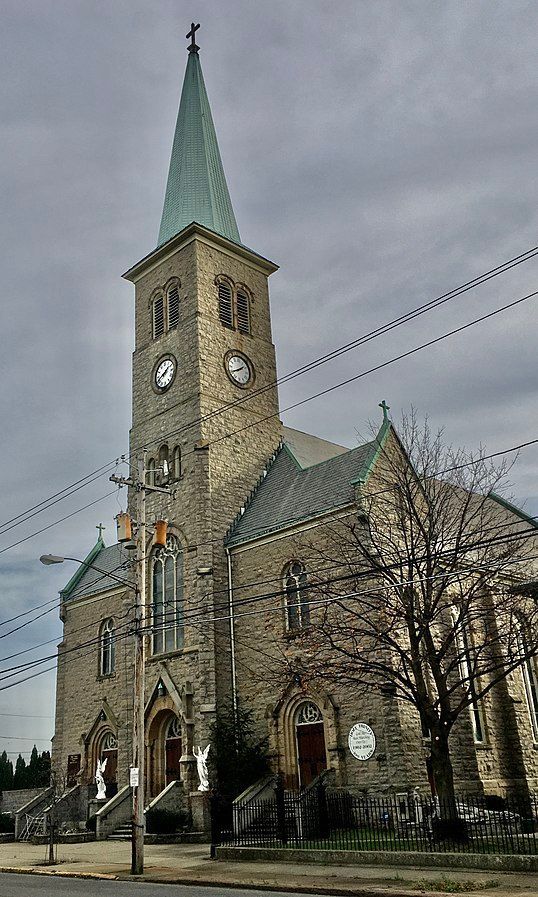Historic Holy Trinity Church
In 1901, Polish immigrants organized to establish their own church in Niagara Falls; a century later parishioners fought to save it.
By the late 19th century, a large Polish community had immigrated to Niagara Falls in search of “economic, social, political and religious refuge.” Most lived on the city’s East side in a burgeoning immigrant community known as Tunnel Town. They found work in various industries that emerged after the construction of the Niagara Power Plant. They attended local churches but soon wanted a church of their own.
In 1901, 21 parishioners formed the Holy Trinity Society. Their mission was to establish a house of worship with all services in their native Polish language. Once built, they called their haven Holy Trinity Roman Catholic Church. Over 100 years later, parishioners would embark on a new mission to save their beloved church from demolition.
In 1902, a small, temporary church was built on 12th Street before it was moved to its current location at 1419 Falls Street. By 1905, the Polish population had expanded, and a larger church was soon under construction. It was dedicated on May 26, 1907. Over the next few years, a rectory, convent, and school were added, “expanding the parish complex to an entire city block.”
The church was built “atop a stone foundation with […] random coursed [walls]” and “a steeply pitched slate shingle gable roof.” The entire complex was built in the Romanesque Revival style with "locally grown stone" excavated from the hydraulic canal in Niagara Falls.
“At its height, Holy Trinity was the second-largest Polish-American parish in the diocese […]; a highlight of its history was a 1976 visit by then-Cardinal Karol Wojtyla, later Pope John Paul II, during a tour of Western New York.”
In October 2007, the diocese announced that it planned to consolidate and close several parishes—including Holy Trinity—due to dwindling church attendance and a shortage of priests.
Concerned parishioners immediately organized to save the church. They feared that it would fall into disrepair, or even worse, be demolished. For two months, they worked together on a 90-page application for the Historic Preservation Commission in hopes of getting the site designated as a local landmark. When city council members voted unanimously in their favor, “[t]he decision ignited an ear-splitting standing ovation from close to 100 [people] in attendance.”
In 2009, Niagara Heritage of Hope and Service purchased the complex. The nonprofit organization, also known as Historic Holy Trinity, “hold[s] special events such as lectures, concerts and other public programs.” They also offer historic tours of the grounds.
Holy Trinity Church was listed on the National Register of Historic Places in 2010. It has been “noted for its stained glass windows and melodious bells, which have continued to ring for more than 100 years.”
Hope L. Russell, Ph.D.


